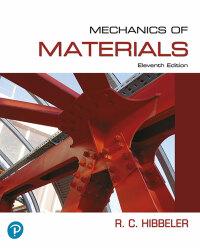Question
1. Distribute the total (AM plus PM) peak work person trip productions and total (AM plus PM) peak non-work person trip productions to obtain the
1. Distribute the total (AM plus PM) peak work person trip productions and total (AM plus PM) peak non-work person trip productions to obtain the total (AM plus PM) peak person trip production-attraction interchanges for each of the two purposes for the year 2030. In doing so, assume that the travel times in the existing transportation system (Figure 2) will be maintained in the future (note that the zone-to-zone travel time includes the travel time on the arterial and/or the freeway plus the travel time from the network node to the zone centroid; the intra-zonal travel times may be assumed to be the same as the time from the zone-centroid to the network node).


Step by Step Solution
There are 3 Steps involved in it
Step: 1

Get Instant Access with AI-Powered Solutions
See step-by-step solutions with expert insights and AI powered tools for academic success
Step: 2

Step: 3

Ace Your Homework with AI
Get the answers you need in no time with our AI-driven, step-by-step assistance
Get Started


